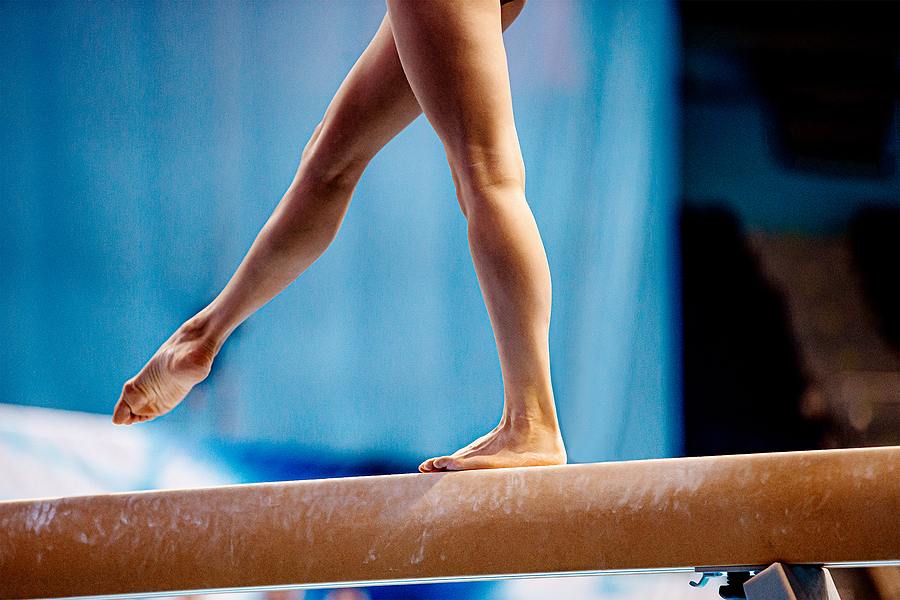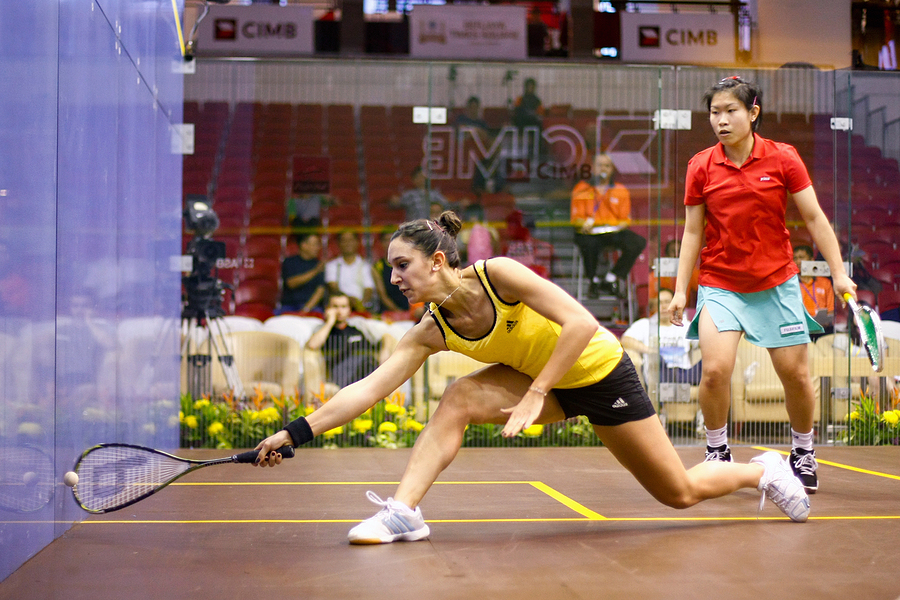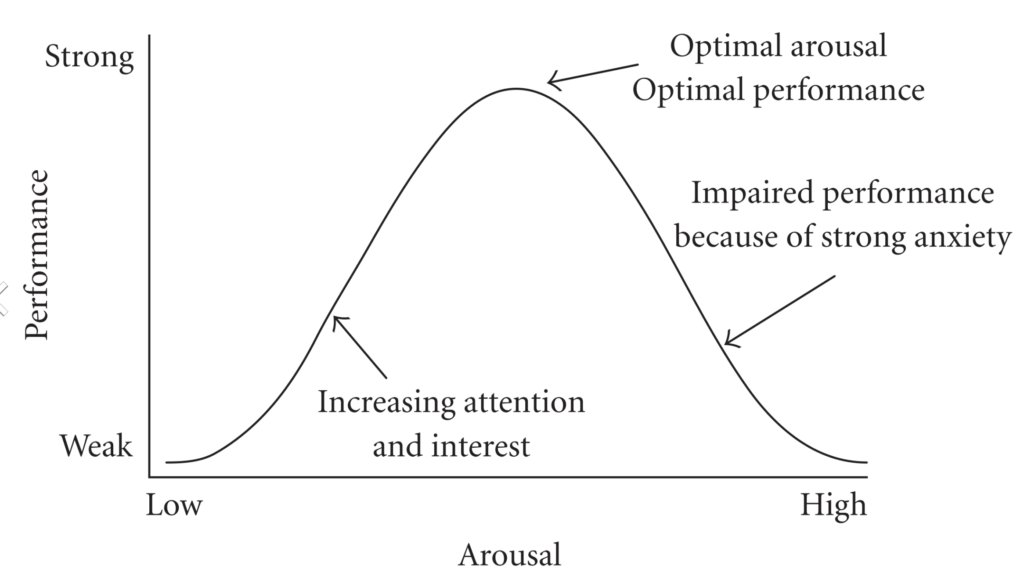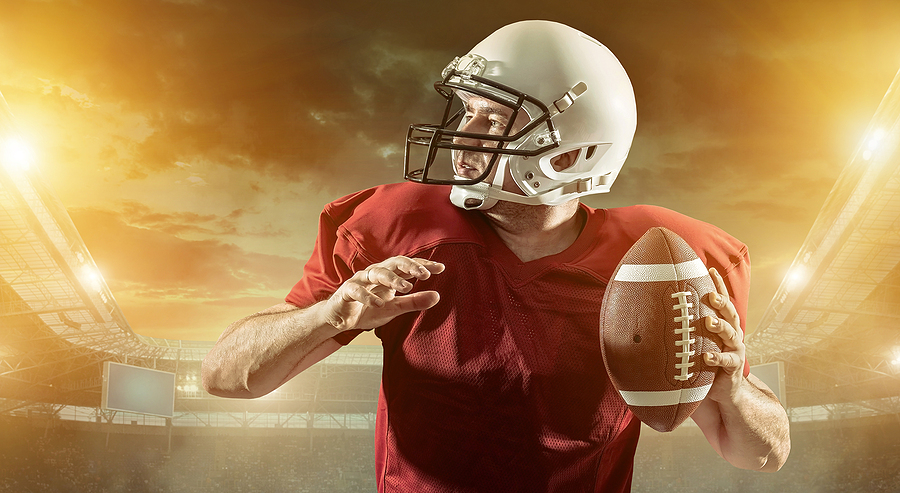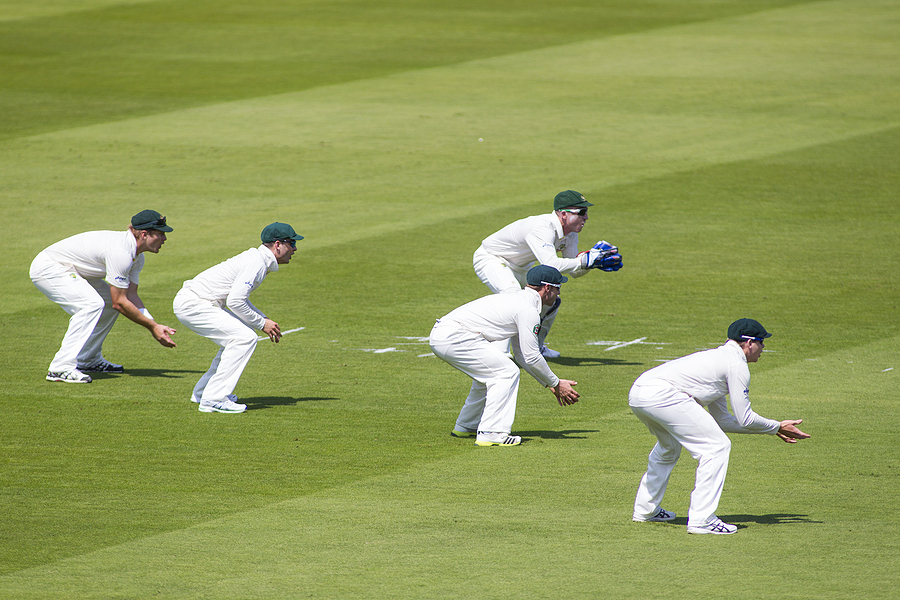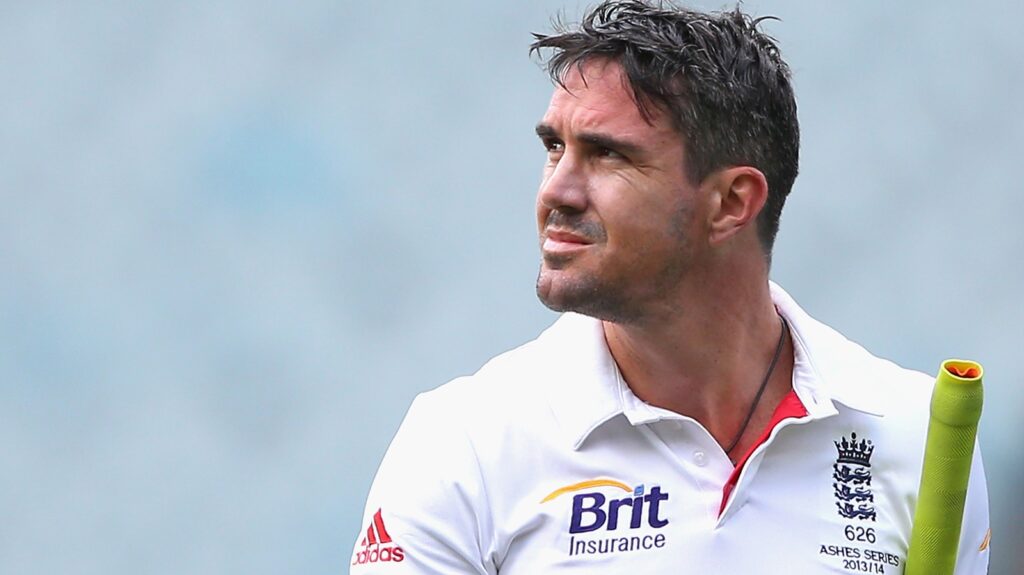
“The Harder I Work, The Luckier I Get”
Samuel Goldwyn (1976)
The Concept Of Luck In Sport And Life
Luck in sport … I recently rewatched the 2006 Woody Allen movie ‘Match Point’. The film starts with slow-motion footage of a tennis ball hitting the net and then going straight up. The voice-over says, ‘There are moments in a match when the ball hits the top of the net, and for a split second, it can either go forward or fall back. With a little luck, it goes forward, and you win.’
During the days after I watched the film, two of my sporting clients mentioned luck during our Zoom sessions. One spoke about ‘good luck’ and the other about ‘rotten, filthy luck’. One even asked me, ‘Mentally, how should I deal with luck?’ The question came at the end of the session, which luckily allowed me to do a little reading up before replying via email the following day (one of the massive benefits of our monthly approach to mental training is the ability of our clients to communicate between sessions at no additional cost).
First of all, I wanted to consider what exactly luck is. More specifically, what is it in the context of competitive sports? And is there a healthy way to interpret what luck really is from a mental toughness point of view?
Before we go through some common examples, let’s try to define luck in sports as a generic concept. Luck would appear to be the word most commonly used to describe the variances in outcomes most impacted by chance.
Lexico defines luck (the noun) as …
‘Success or failure is apparently brought by chance rather than one’s own actions’. For sport, I would adapt this to something like the following. Luck (the noun) is ‘success or failure apparently brought more by chance than through one’s own actions’.
In other words, some sports have a greater luck component than others. And indeed, this is the case. The video below shows the results of Michael Mauboussin’s research on this very question. It’s worth the watch and should automatically without you having to leave this page if you click play.
Examples of Luck In Sport
There are too many sports and too many examples to choose from to do any justice to the section. So, I will go through three scenarios I have found quite common in my work as a sport psychologist.
Example One – Luck In Sport
Let’s go back to the footage that was used at the beginning of the movie Match Point. But let’s make it more specific. You are a tennis player who is serving to stay in a match that is of great importance to you. The second point turns into a slugfest from the baseline after losing the game’s first point. An attempted cross-court winner from you results in the ball smashing into the top of the net, where it bounces right up. It then drops down millimetres onto your opponent’s side of the net. You win this point and the game. You then go on to win the set as well as the match.
Example Two – Luck In Sport
You are a young baseballer who decided to specialise as a pitcher early on. You live for your fastballs and your curveballs. When you finally make it onto your Division One college squad, you realise that this particular team has a much better pool of pitchers than batters and fielders. It feels like rotten luck that your place in the team will probably depend on others either getting injured or underperforming in the upcoming season. Dirty, rotten luck.
Example Three – Luck In Sport
You are a cricketer who picked up a significant ankle injury just before the coronavirus turned into an official pandemic. In normal years, this injury would have resulted in you missing the season’s first ten games. However, you could complete a full rehabilitation program during lockdown due to measures introduced to contain the virus. This resulted in you missing no games at all. The coronavirus turned out to be a very lucky break for you from a performance point of view.
Spectrum of Influence
We can try and see the role that luck plays in many ways, not just in sports but in everyday life. One of the cornerstones of our approach to psychological performance enhancement is The Spectrum of Influence.
How much influence do you have on various aspects of your sport? This involves two tricky considerations. First, you have to be able to separate things that don’t normally get separated mentally. For example, the rain and putting up an umbrella or someone shouting at you and you walking the other way.
The art of mental separation is a vital pre-requisite in being able to manage Lady Luck in the most effective way. The second skill is knowing what aspects of training and competing you have lots of influence on and which you have little or no influence on.
Try It Now …
Go back and read through the three examples above once again. This time, pick out which aspects contribute to good and bad luck scenarios. Now, try and mentally separate these from one another. And finally, put them into order from most influenceable to least. In doing this, does it change the way you look at the situation in your mind’s eye? Let’s go through them together.
Example 1: The tennis ball hitting the top of the net.
So the main elements involved in this are:
- the player (me)
- the ball
- my racket
- the net
- the winner of the point (also me)
For the sake of simplicity, let’s assume the weather played no part at all. No breeze helped push the ball to the lucky side of the net. In order of most influenceable to least, I would suggest the following:
- me ~ most influence
- my racket
- the ball
- the result of the point
- the net ~ least influence
So you could say I have a lot of influence over the intended shot and none over the net (the height, what it’s made of, etc). With this in mind, there is a strong argument that your mindset wants to be more orientated towards yourself. In other words, instead of thinking you won that point because of the luck of the net, consider the amount of power you managed to get on the ball that still allowed it to make it over – albeit by the smallest of margins. Maybe a better mental response at the moment is a change of game plan that would allow you to hit fewer shots so close to the top of the net.
Example 2: The baseball pitcher is competing against other excellent pitchers for the first time.
In this vignette, the issue is mentally joining (fusing) the desired outcome (to be one of the starting pitchers) with the abilities of others and the decisions of the coach. Teammates, other baseballers and coaches are just other people. How much influence do you have on them? None, a little, some or lots? I would lean towards some for those you are close to and only a little for the rest. Although I can totally understand why teammates’ abilities can be perceived as a threat (bad luck), the data suggests it will have the opposite effect.
In other words, as you will have to work harder (lots of influence) due to the healthy competition, you will likely become even better. So, it might easily be said that the above example (#2) is actually a good luck scenario rather than a bad luck one. Regardless, the best mental responses will always be similar. Direct your limited mental energy towards the “stuff” you have a lot of influence on. Elements such as your own effort, your own plans and your own actions. Don’t get too caught up in the abilities of others.
Example 3: The cricketers who got lucky due to Corona Virus.
This is the trickiest vignette as it seems the most innocent. But there is a mental gremlin hiding. Can you find it? Go back and read it and ask yourself what is the danger of this situation.
As an experienced sport psychologist, I can see the issue from a mile away. The player in the example is potentially giving too much credit to this once-in-a-lifetime (we hope) pandemic. In fact, the majority of the credit wants to go to how the player responded to the setback. Of course, this is different (mentally separate) from the setback itself.
Depending on how luck or chance is perceived, you can imagine two very different statements from this cricketer at the end of the season.
“I got really lucky, you know. The virus gave me an extra ten weeks of rehab. In fact, due mainly to the pandemic, I didn’t miss a match in the 2020 season.”
Verus …
“At the start of 2020, I picked up an ankle injury. As soon as I had my rehab program, I was determined to stick to it no matter what. In the end, I managed actually to regain full fitness by the start of the season. Oh, and the season started late that year, from what I remember.”
So luck plays a part in the outcomes of sport. Sometimes a big part, other times a small part. Sometimes, luck will help you, but it will do the opposite at other times. Accept this as the ‘price of entry’ and return to your trusted, practised processes.
Want Some Help With That?
If you’d like to receive details about our sport and performance psychology services, you can get in touch in several ways.
- Fill in the form via our Contact Us page or
- Complete one of the MTQs via this link or
- Send a regular old email to info@condorperformance.com
Want to learn more about how we work first before getting in touch? Watch this 2-minute video by our General Manager David.

